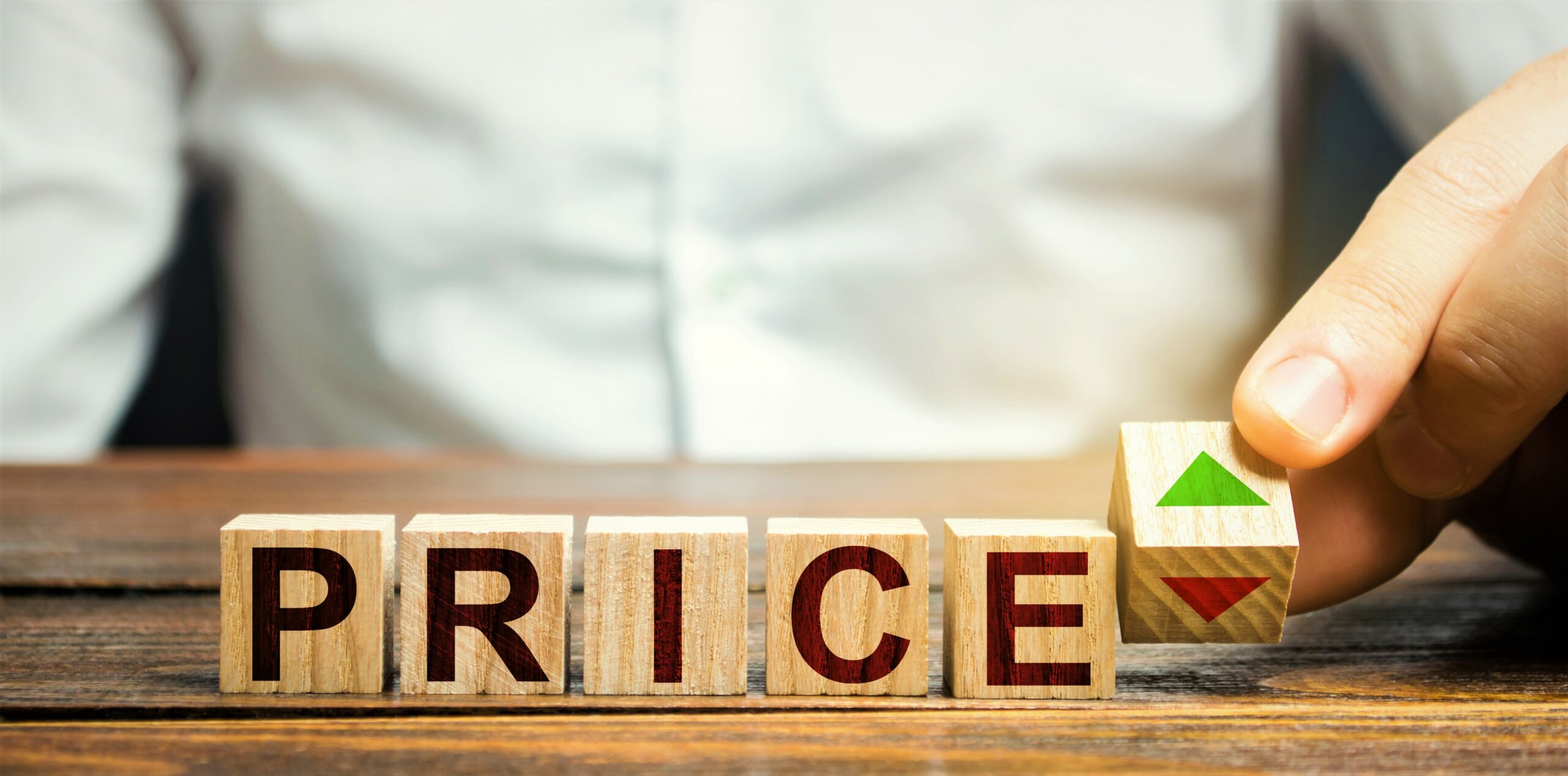Things become more expensive than before because of inflation, an important concept for all economies.
Inflation measures how much the prices of goods and services are rising. Many factors are responsible for changing prices. These include the cost of making a product (including raw materials and labour), availability of the product, competition among sellers, and so forth.
Besides, central banks often put economic policies to stimulate economic growth. These policies may also cause inflation. The reason is that when people have a bit more money, their demand for products and services also rises.
They have the means to desire more goods, and when more people in an economy have both the desire and means to go after such goods. These actions cause prices to go up because there’s competition for the few goods available – another economic concept called scarcity.
The Problems that Inflation Causes
Like other countries, the Canadian economy performs best when inflation is stable and predictable. Company budgets often make assumptions about how much the price of supplies, rent, salaries, and other overhead will go up. When these costs rise, companies raise their prices too.
High inflation means prices are climbing quickly (they are “inflated”), and fewer people have as many dollars to afford those goods or services anymore. It means that inflation limits the purchasing power of people. But, higher prices also mean that people buy less, and the economy slows down.
People who have also saved up for retirement will suddenly realize that their money is less than they need to buy as many things or the quality of goods and services they need. Businesses and consumers need to spend time and effort to ensure that rising costs do not affect them too much.
How bad is high inflation?
Sometimes, inflation is so high that the economy is out of control. The economies of Venezuela and Zimbabwe have known economic troubles due to high inflation for several years. According to the International Monetary Fund, in the former case, it was more than 2,800 percent in 2017. It means that a $5 meal one day would cost $445 one year from now. Economists call this scenario hyperinflation.
How about low inflation?
Just because high inflation is terrible doesn’t necessarily mean that low inflation is better. Of course, prices are falling, causing demand to go up for those goods affected. When prices continue in a free fall, it shows there are deeper problems within an economy.
People spend less when they have no jobs. Firms will then lower prices in order to boost sales. But, people may prefer to wait a bit, believing prices will keep falling. They create a cycle of saving more money, spending less, prices falling further, and economic activity shrinking.
Using Interest Rates to Control Inflation in Canada
Canadian businesses have enjoyed low inflation since 1991 when the Bank of Canada and the Government of Canada agreed to ensure companies and people can have low, stable, and predictable inflation. Inflation has been close to 2 percent since that agreement.
The BoC’s key to keeping inflation low, stable, and predictable is raising or lowering its key policy interest rate. Therefore, banks increase rates on deposits, loans, and mortgages.
Higher rates encourage saving and make people borrow and spend less. Companies can then slowly increase their prices or lower them to improve demand; this reduces inflation.
On the other hand, lower interest rates can help boost inflation when lower than expected.
All this shows that the economy needs a bit of inflation to be in good shape. It’s similar to adding salt or another seasoning to your food. Too much means you can’t eat the food, and too little means the food may taste bland. Therefore, using interest rates to control inflation works, but it’s a tricky balancing act.
The Coming Canada Interest Rate Hike
Despite keeping them to 25 percent for nearly three decades, economists expect Canada’s top bank to raise interest rates by the end of the third quarter of 2022. Many are even predicting the first hike as early as the end of June.
Brendan LaCerda, a senior economist at Moody’s Analytics, believes the Bank of Canada “will raise rates…the elevated rate of inflation is putting pressure on the Bank of Canada and the Fed…” But, he also points out the reluctance to raise interest rates and risk stunting the recovery.
The curious case of Canada’s annual inflation hitting an 18-year high has made headlines. In print and electronic media. The middle class knows it would bear much of the brunt, so search phrases like “Canada Interest Rate Hike” and “Inflation Spike in Canada” are now common.
Despite COVID, Canada has maintained a strong economy, but inflation looks set to shatter the 5 percent ceiling, according to ING’s James Knightly.
The Middle Class Always Pays the Price
Inflation, rising prices, and interest rate hikes affect the entire economy. Yet, the middle class seems to suffer much of the consequences.
The catalyst for the rise in the annual inflation rate is partly higher prices for electricity, insurance, and passenger vehicles – general consumer goods.
Even though there’s the possibility of earning more income in this era, the new wave of inflation could make your extra earnings seem like a drop in the ocean.
If the BoC hikes interest rates, it will affect short-term borrowing. Higher interest rates will increase the borrowing rates for consumers, but low rates mean you can reduce the loan principal faster instead of using more of that money to cover the bank’s interest.
Conclusion
The coming months will be testy for consumers and the government. Central bank officials will be paying attention to inflation and every movement in price. However, they won’t bother much about prices that are never really stable. They’ll also not pay attention to one-off price changes.
If price changes affect more consumers and linger, they’re likely to push inflation further from the target for a long while. The Bank will do something about such changes so that policy interest rate changes will quickly affect people’s spending, keeping the business climate bustling.
Share this article
Kelly Wilson
Kelly Wilson, a top national mortgage producer, has dedicated 19 years to customizing financial solutions for clients across Canada. Her strategic approach has facilitated over $1 billion in mortgage funding. Starting her real estate investment journey at 21, she now holds $11 million in assets. Kelly's mission is empowering clients to achieve financial freedom and sustainable wealth.




